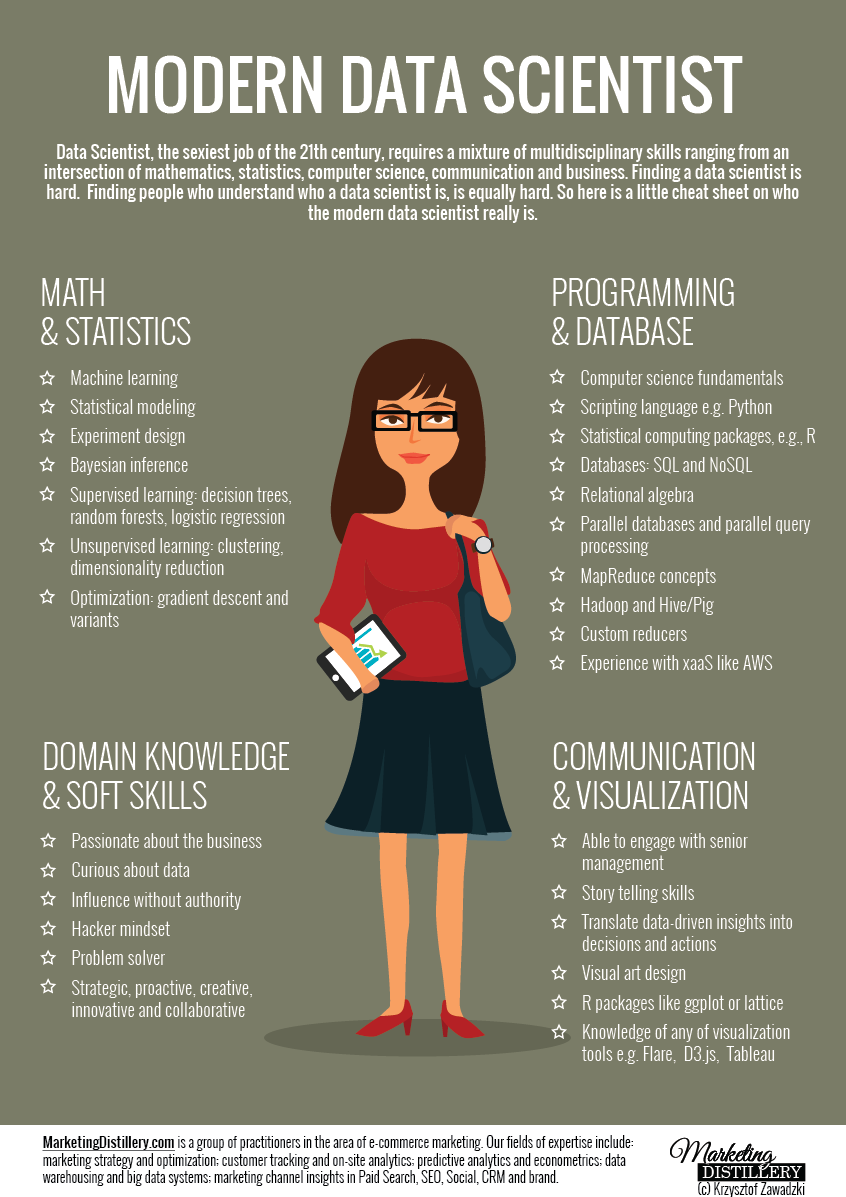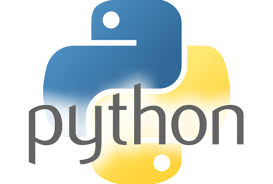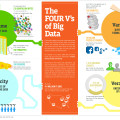Data science has become not only a trend in business analytics in recent years but an essential business tool. Massive amount of data are now within reach – and the ability to grasp every granular detail these data give brings a wealth of information and insights. There is an increased demand for data management services because of this realization.
Noah Lorang, a data scientist at Basecamp, explains the key for most companies isn’t finding a way to use the most advanced methods. Instead, it’s about asking the right questions.
Why are you recommending Python? That’s the question a colleague of mine asked when I was pitching Python for data science work. It is a fair question, and I tried to answer with facts and not opinions. Indeed, answering a question about why a language is better than others can quickly turn into a religious war. So, let me try to avoid that with some disclaimers. First of all, I don’t think one size fits all: Python is not going to become THE programming language. Depending on the task, other languages are a much better fit. For instance, Java for enterprise applications solving well defined problems. Fortran, C, and C++ are great for HPC. C is dominant for systems programming. Javascript + node.js, or PHP, are de facto standards for web site implementation. I could go on forever, as many languages fit a niche. But when it comes to data science, Python has taken the lead. Let’s look at facts before you start arguing with me.












Recent Comments